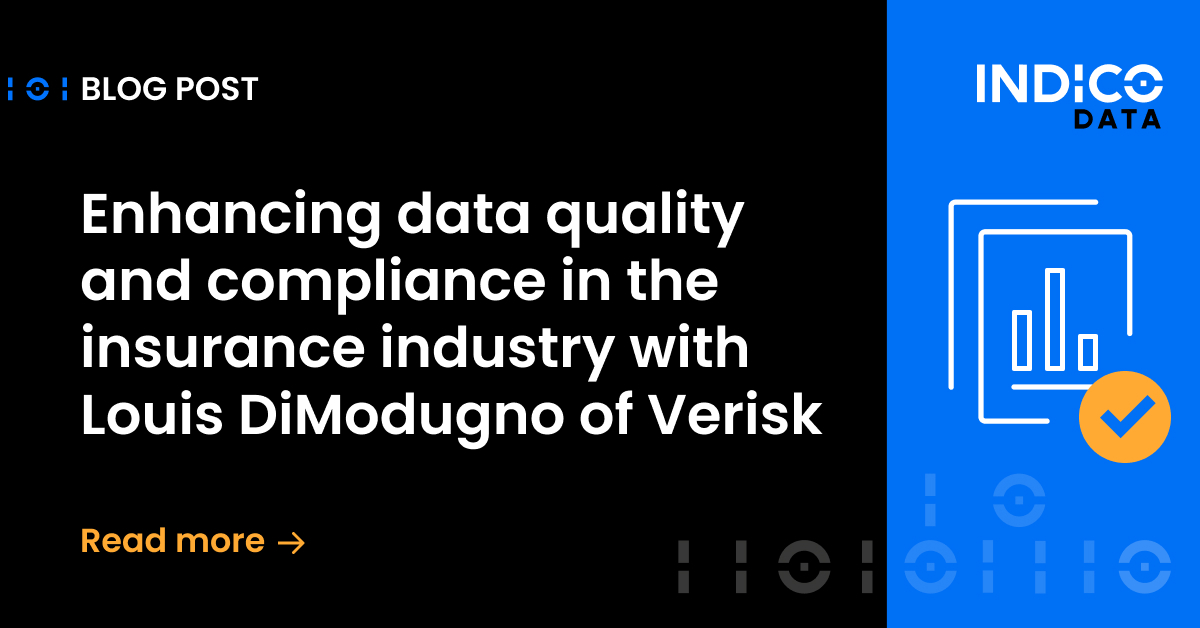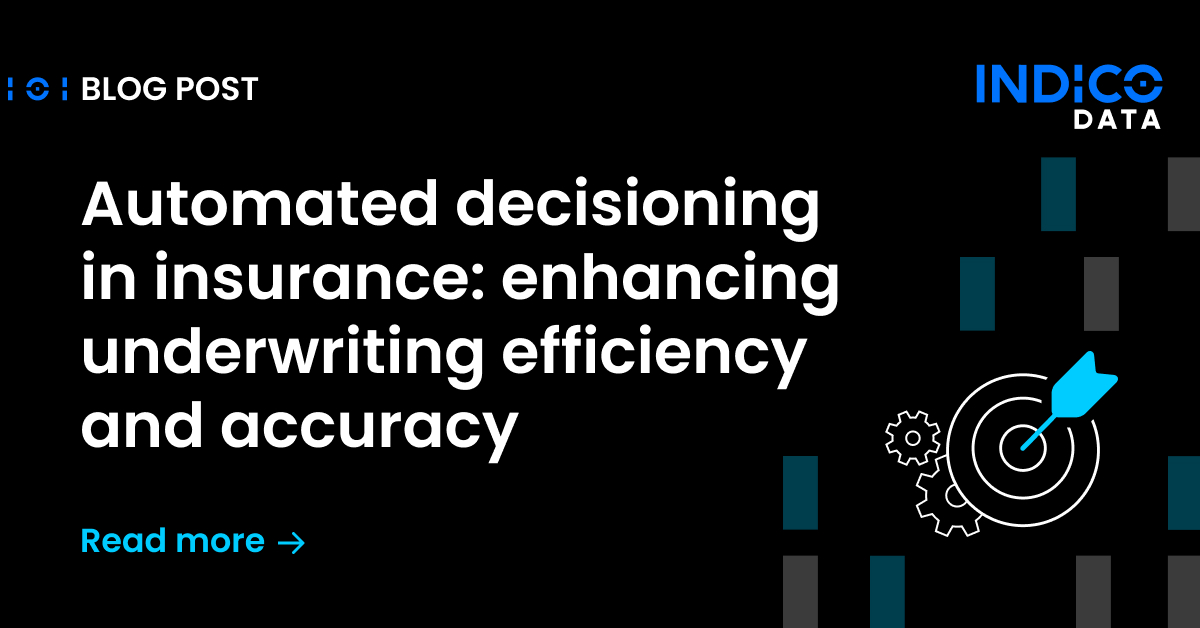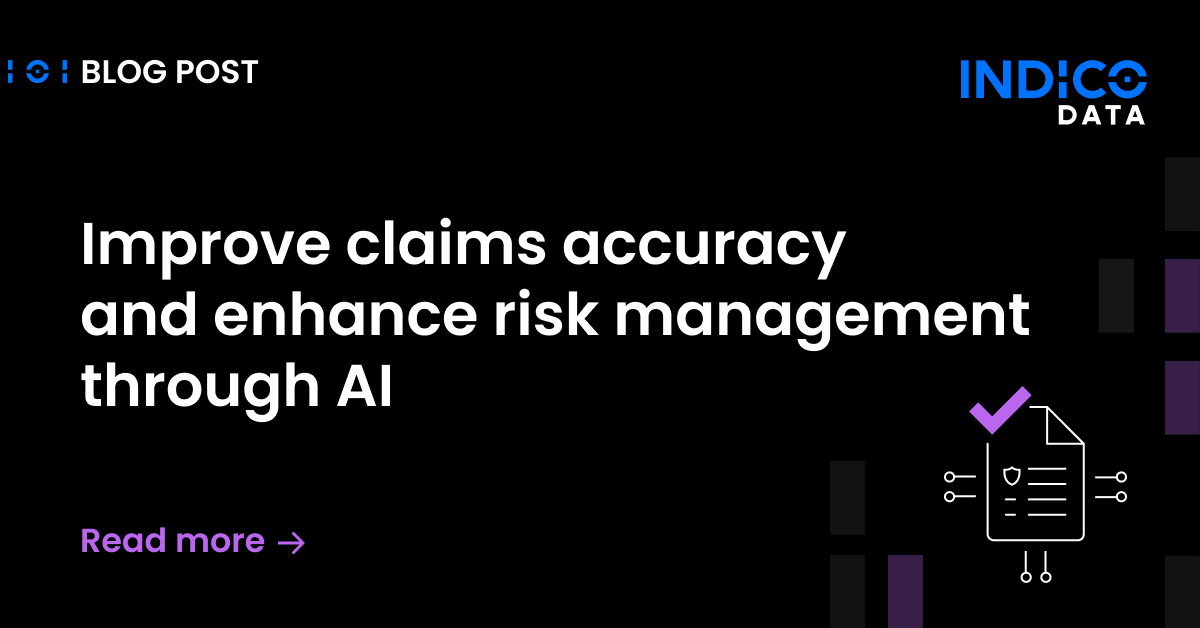On the latest episode of my Unstructured Unlocked podcast, I had a guest with deep insurance underwriting experience who painted a picture of an industry in almost desperate need of automation to make up for a challenging combination: a highly manual process and a lack of experienced people to perform it. But he’s also optimistic that we’re on the cusp of being able to fully automate submissions underwriting.
Listen to the full podcast here: Unstructured Unlocked episode 8 with Steven Weiss
Steven Weiss is on garden leave from his most recent position, Senior Vice President and Chief Underwriting Officer at Munich Re Specialty Group Insurance Services, one of the world’s leading providers of reinsurance and insurance-related risk solutions. Prior to that, he ran his own insurance consultancy for a few years and held Senior Vice President positions at firms including Roanoke Insurance Group Inc., Aspen Insurance Group, and Liberty International Underwriters. He started honing his leadership skills as a Lieutenant in the U.S. Navy for about 4 and a half years, plus 3 more in the Reserves.
The point is, when it comes to insurance underwriting modernization, Weiss knows of what he speaks. And that includes what has become a specialty, marine-focused insurance, no doubt stemming from those Navy days. At Munich Re he was Chief Underwriting Officer for the Ocean and Inland Marine team, which included more than 50 lines of business ranging from construction contractors to cargo ships.
Weiss said he enjoyed the challenge inherent in developing insurance programs that covered rather esoteric risks clients had to deal with, so they could safely go about their business. When the risks you’re dealing with involve ocean-bound cargo ships, you can imagine that would be a challenging job indeed.
Related content: Be more selective in underwriting by automating the insurance submission intake process
Effective underwriting requires lots of data
It was made even more challenging by the fact that the insurance industry faces an issue that may be familiar: a lack of qualified people, a problem that’s only getting worse as Baby Boomers age out. “The number is somewhere up around 100,000 people that the industry will be short by 2025 or 2027,” he said.
It’s an issue because underwriters rely on reliable data to make informed decisions, and they need help pulling it all together. The idea is to stay ahead of what the market is doing, such as in terms of claims trends. That means working with data.
“I’m not the one that’s doing pivot tables and spreadsheets, but I need people who can do that,” he said. “I need to ask questions of them and give them the key performance indicators that I want to see, so we can take this huge volume of information we get in and make it into something we can actually track to see how things are going.”
As Weiss pointed out, the sort of commercial underwriting he does is quite different from selling 50,000 auto insurance policies every month. “We’re selling 200 large policies a year on the ocean cargo side,” he said, worth some $40 million or more. “So, they’re large policies and they’re very complicated.”
Related content: 3 takeaways from Guidewire Connections and one common denominator: Insurance needs automation
Underwriting submission process screams for automation
What makes the underwriting process even more challenging is that to date it’s been largely manual. While plenty of insurtech companies have artificial intelligence tools that can successfully process some standard forms, commercial underwriting for the most part follows no such standardized format.
“There’s still a lot of manual work to be done,” Weiss said. The underwriting submission intake process, for example, “is really 99% email and maybe a little bit of texting to follow up on specific questions.”
Documents come in PDF, Word or, for documents such as statement of values (SOVs), Excel formats. While underwriters can manipulate Excel spreadsheets easily enough, “if it’s a PDF and it’s 1000 lines long, it’s going to be a total bear to work with.”
For such documents, underwriting assistants must read them, manually take out relevant data and enter it into the underwriting system. Once that’s done – a process that likely takes hours – the data goes to catastrophe and aggregation modeling systems, then back to the underwriter. Only then is the data entered into the rating engine, which looks at the variables involved and delivers a quote.
I asked Weiss if he could apply AI to address one chunk of that process, and which one would deliver the biggest bang for the buck.
“If a system could take three or four different formats – PDF, Excel, Word, maybe some pictures – and digest the documents and put that information into the underwriting system, thereby eliminating that first step,” he said. In that scenario, brokers could send documents to a specific email address, which would kick off an automated underwriting intake process that would put all the data in the right places. “You’d end up with a submission that’s been input without any hands having to touch it. And it’s all unstructured data. That’s a challenge.”
Intelligent intake for underwriting data
Without knowing it, Weiss pretty much described exactly what the Indico Data intelligent intake solution does. So I asked him, would you trust such a process to be truly automated, with no human involvement?
His answer: yes, so long as you can verify the data is accurate. It may be as simple as having two screens, one showing the original document and another showing the data that’s been pulled from it. Then the underwriter could just look for any anomalies.
Or, more accurately, the underwriting assistant could perform that check, “because they’re the ones who do the data entry anyway,” he pointed out. “Maybe we’ve just saved four or five hours.”
If the system can also recognize various documents typically involved in the underwriting process, such a schedule of values for a particular cargo program, specific warehouses, and such, that can likewise save valuable time, he said.
Here again, we’re in sync, because the Indico Data solution does indeed allow for data verification and can recognize various types of documents.
His ultimate vision likewise aligns quite well with Indico Data’s.
“Eventually you’re going to be able to throw in 50 emails and boom, you’ll be able to spit out a quote within an hour,” Weiss said. “That’s down the road but I think it’s achievable.”
So do I.
For a deeper dive into my conversation with Steven Weiss, read the full transcript of the podcast here.
Check out the full Unstructured Unlocked podcast on your favorite platform, including:


